در حال حاضر محصولی در سبد خرید شما وجود ندارد.
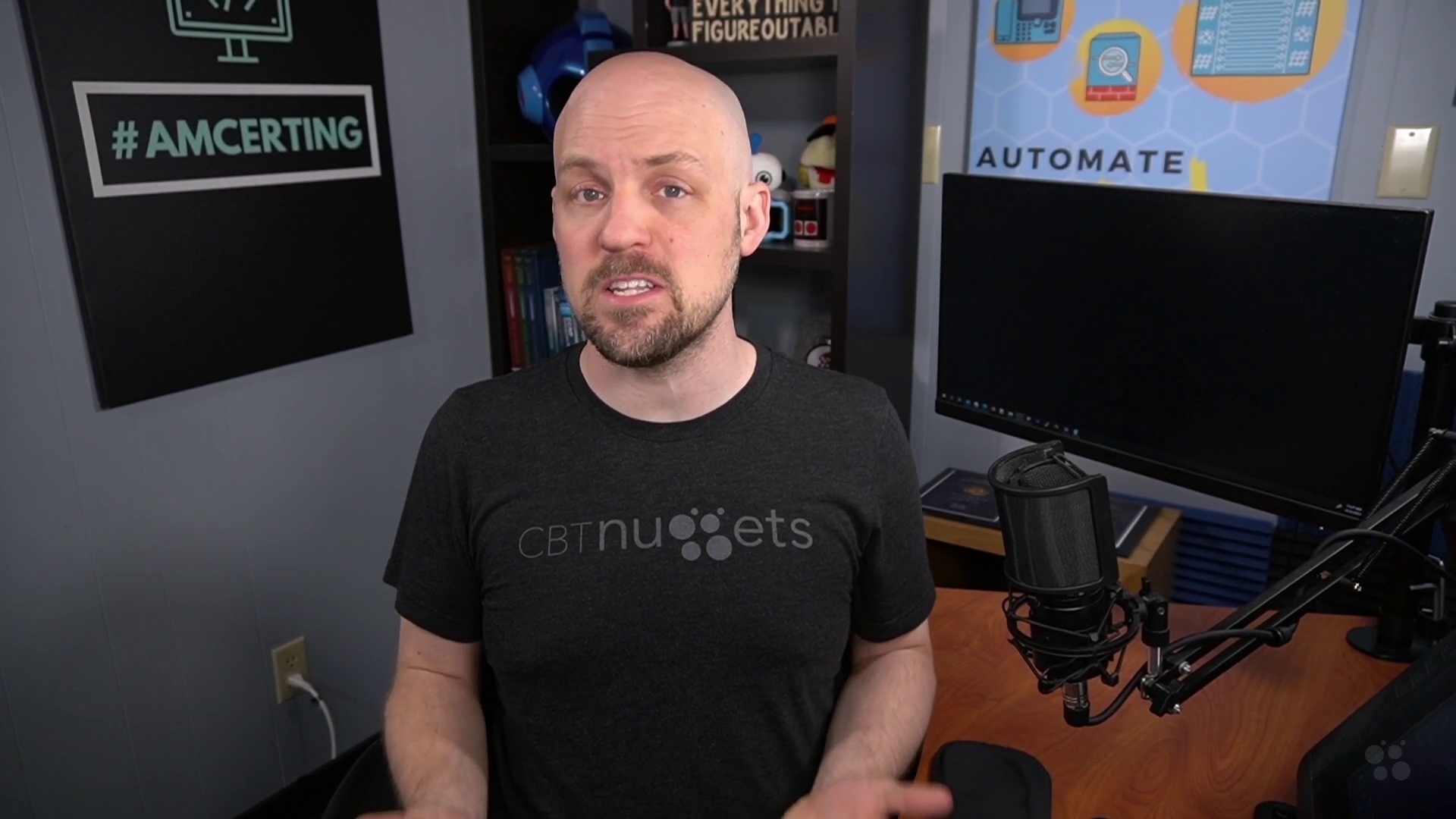
This entry-level Certified Wireless Network Administrator training covers the objectives in the CWNA-108 exam, which is the one required exam to earn the Certified Wireless Network Administrator certification.
For any network administrator whose career involves a focus on wireless technologies -- or may some day, Certified Wireless Network Administrator is the perfect certification. The CWNA cert is provided by Certified Wireless Network Professionals, and after taking the CWNA-108 exam, you'll know your way around every technology, device and problem a wireless network could throw at you.
در این روش نیاز به افزودن محصول به سبد خرید و تکمیل اطلاعات نیست و شما پس از وارد کردن ایمیل خود و طی کردن مراحل پرداخت لینک های دریافت محصولات را در ایمیل خود دریافت خواهید کرد.
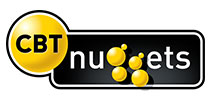
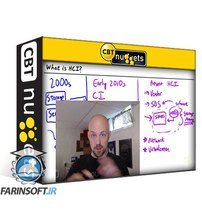
دوره یادگیری کار با Cisco HyperFlex
--Identify-Cisco-SDWAN-Components-main-resized.jpg)
آموزش کامل 350-401 ENCOR : شناسایی اجزای Cisco SD-WAN
--Describe-HighAvailability-Techniques-main-resized.jpg)
آموزش کامل 350-401 ENCOR : آشنایی با تکنیک های پیاده سازی High Availability

فیلم یادگیری CCNP Enterprise (350-401 ENCOR) 2022
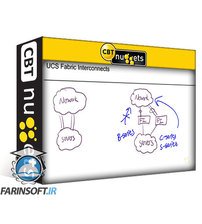
آموزش مفاهیم UCS

یادگیری FCoE و FC در Cisco CCNP Data Center

Cisco SD-Wan: چگونه می توان آموزش آنلاین Cisco VManage را مدیریت کرد
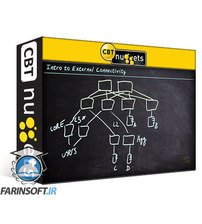
آموزش متصل کردن ACI به شبکه های بیرونی
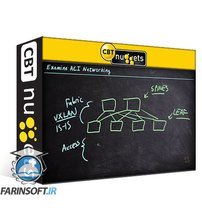
فیلم یادگیری کامل Cisco Application Centric
--Differentiate-Between-OnPremises-and-Cloud-Deployments-main-resized.jpg)
آموزش کامل 350-401 ENCOR : آشنایی با تفاوت های پیاده سازی Local و Cloud